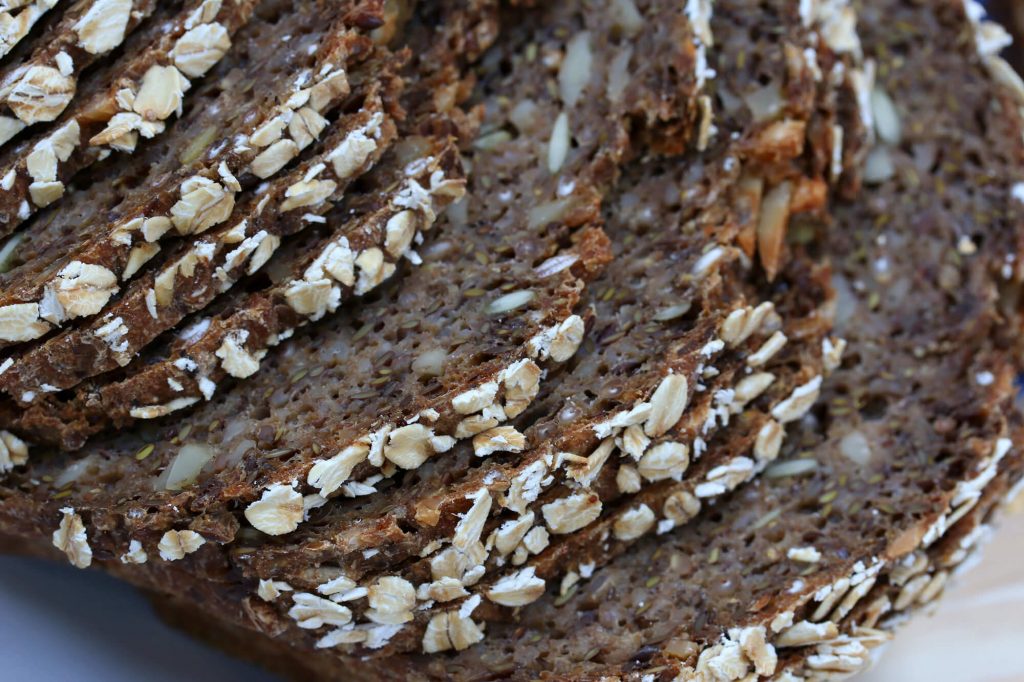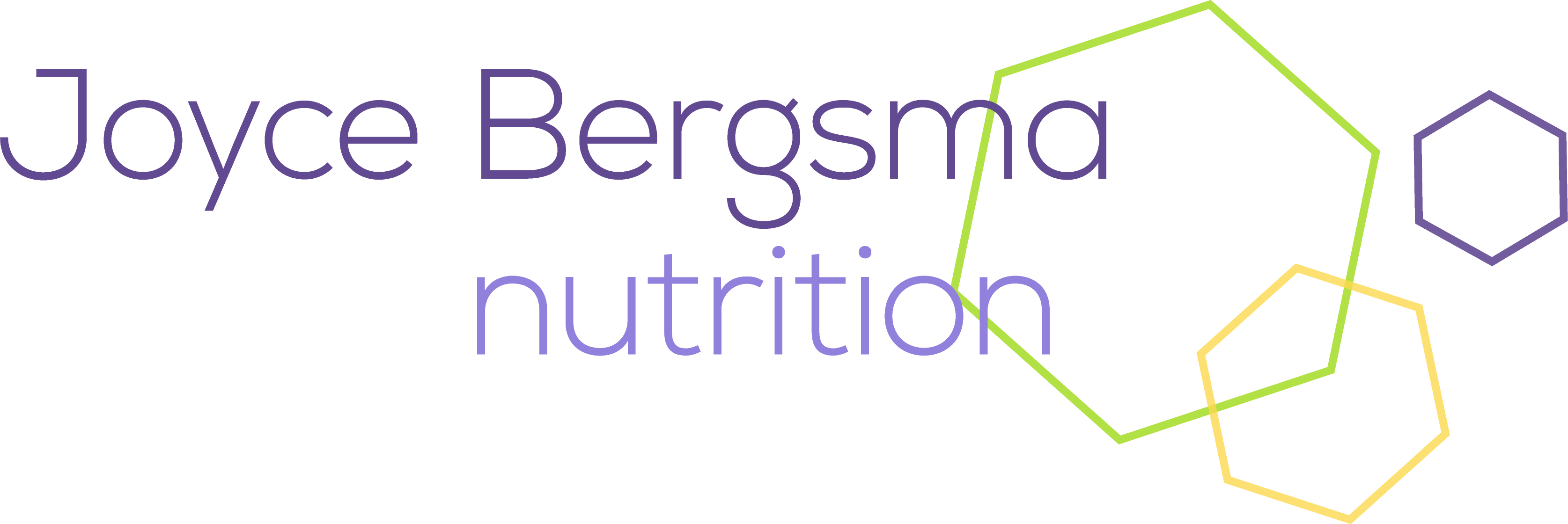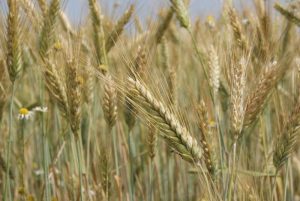
What is Rye?
 Used in bread so prolifically, the rye grain is second only to wheat. It resembles the wheat grain, but is longer, more slender and may be more of a light brown or a greyish-green.
Used in bread so prolifically, the rye grain is second only to wheat. It resembles the wheat grain, but is longer, more slender and may be more of a light brown or a greyish-green.
It’s the tastiest grain and is usually eaten in a more whole form than it’s cousin wheat as it’s labour-intensive to process. This means that it also retains more nutrient qualities.
It used to be a wild grass that came out of Asia, but is now widely consumed in Germany, Russia, Scandinavia and Eastern Europe. It contains less gluten than wheat so tends to be heavier and denser as bread as a result.
Under the Spotlight
- High in magnesium, vitamin B1 and phosphorous
- A good source of soluble and insoluble fibre
- A source of non-cellulose polysaccharides (that soak up liquid in the gut)
Benefits to Your Health
- Helps prevent blood sugar spikes due to the fibre content. This is especially important for diabetics.
- Reduces IBS symptoms
- Increases butyric acid; a fatty acid that keeps colon cells healthy
- Increase feelings of satiety (due to the water-absorbing polysaccharides mentioned above)
- Helps normalise how the gut functions due to the fibre content
Start Now!
- Eat dry rye crackers or bread if you have IBS diarrhoea to absorb extra water and normalise your bowel movements
- Eat whole rye grains instead of potatoes or pasta to increase the amount of fibre in your diet and help you feel fuller
- Eat rye bread with some cream cheese and slices of tomatoes to help balance your blood sugar levels
Recipe Challenge
Join our Recipe Challenge and make a recipe from this and the other three Veggies of the Week in this month. We’ll be choosing a recipe randomly and turning it into a video. Find out more here!
Have a look at last week’s Veggie of the Week.



Comments
[…] a look at the previous Veggie of the Week and don’t forget to sign up to our newsletter to hear about other interesting facts as they […]
[…] technique to preserve or methodology cereal grains like wheat, maize, oats, rice, barley, grams, and rye, etc. Its called […]